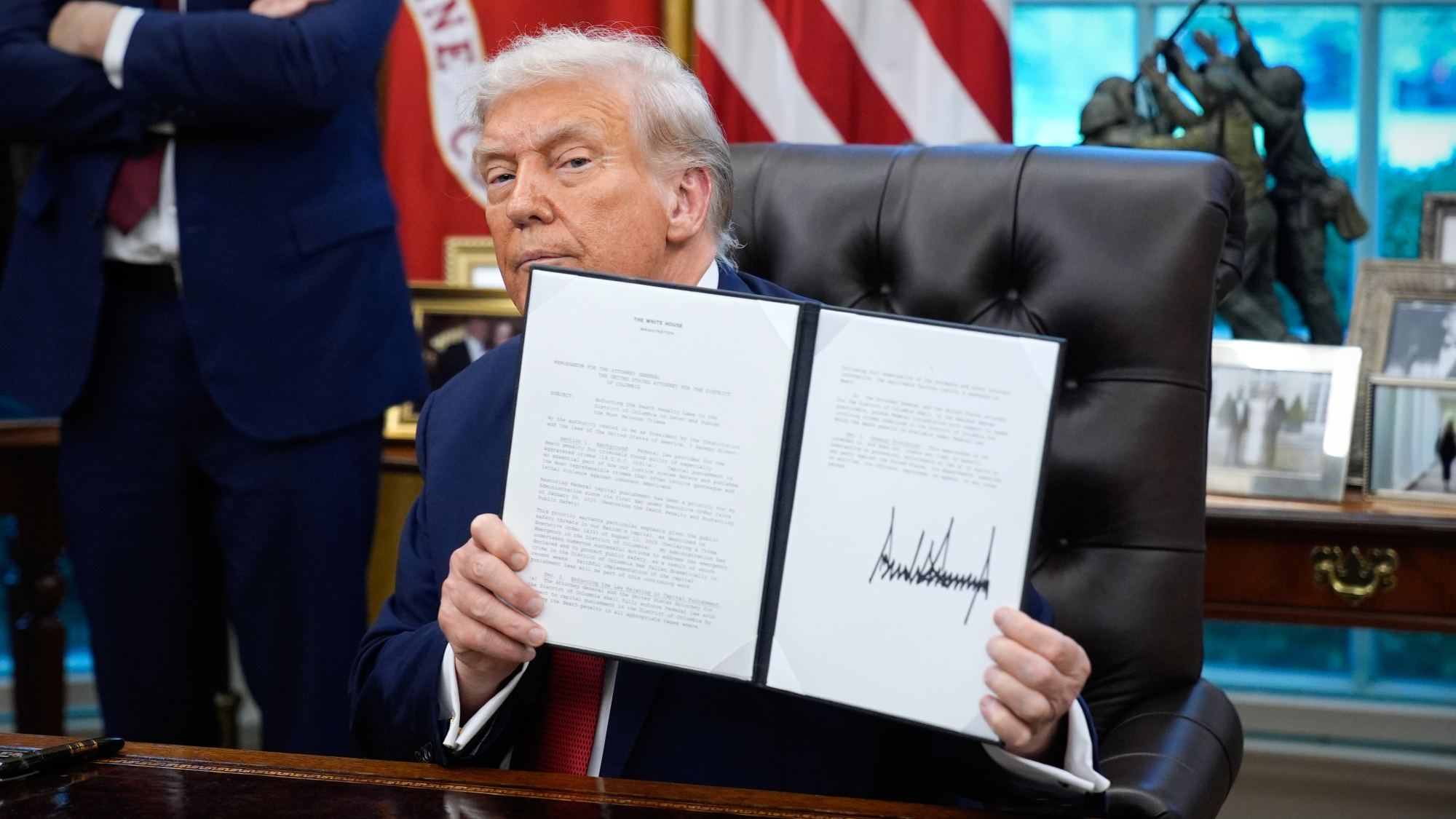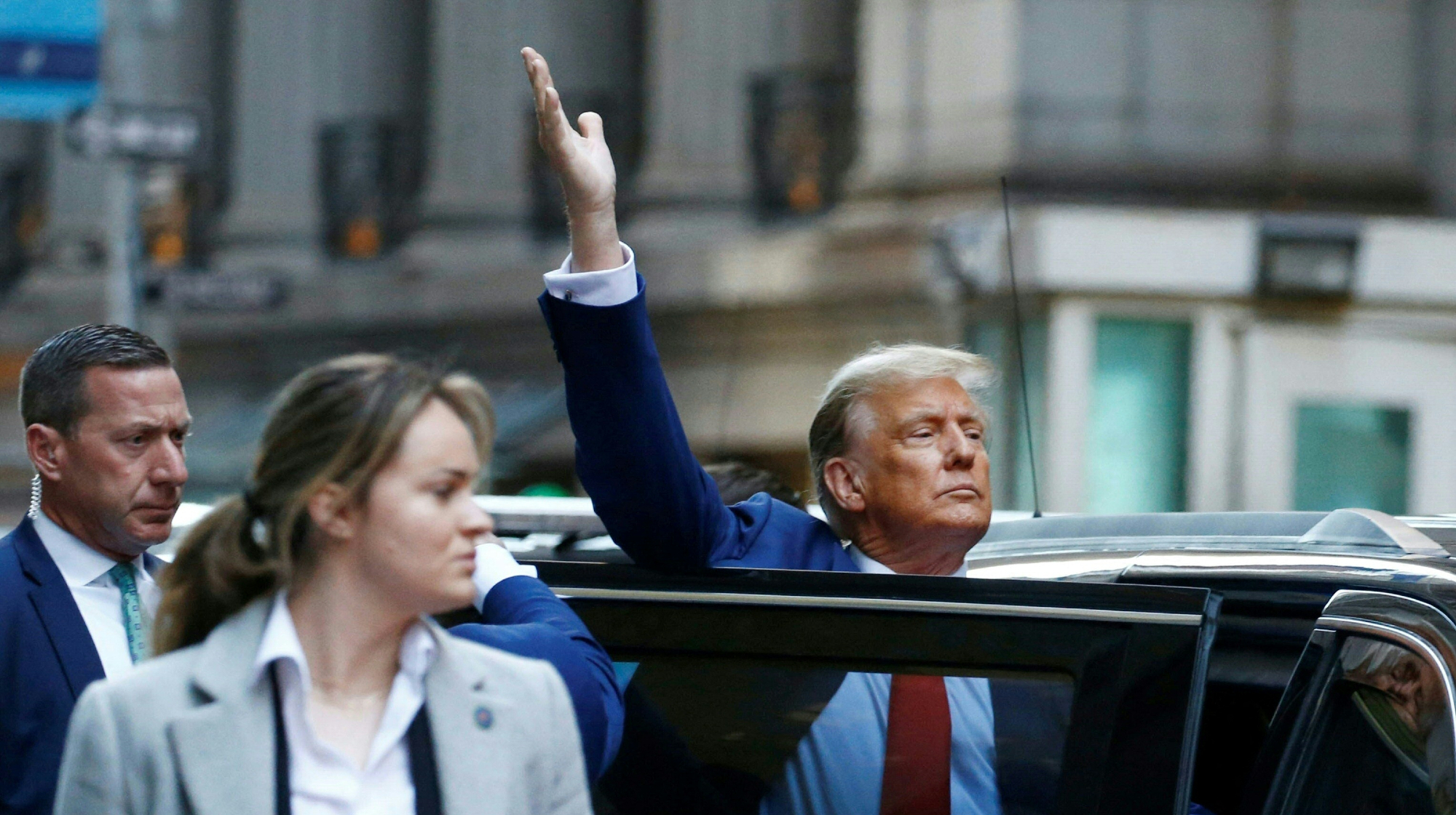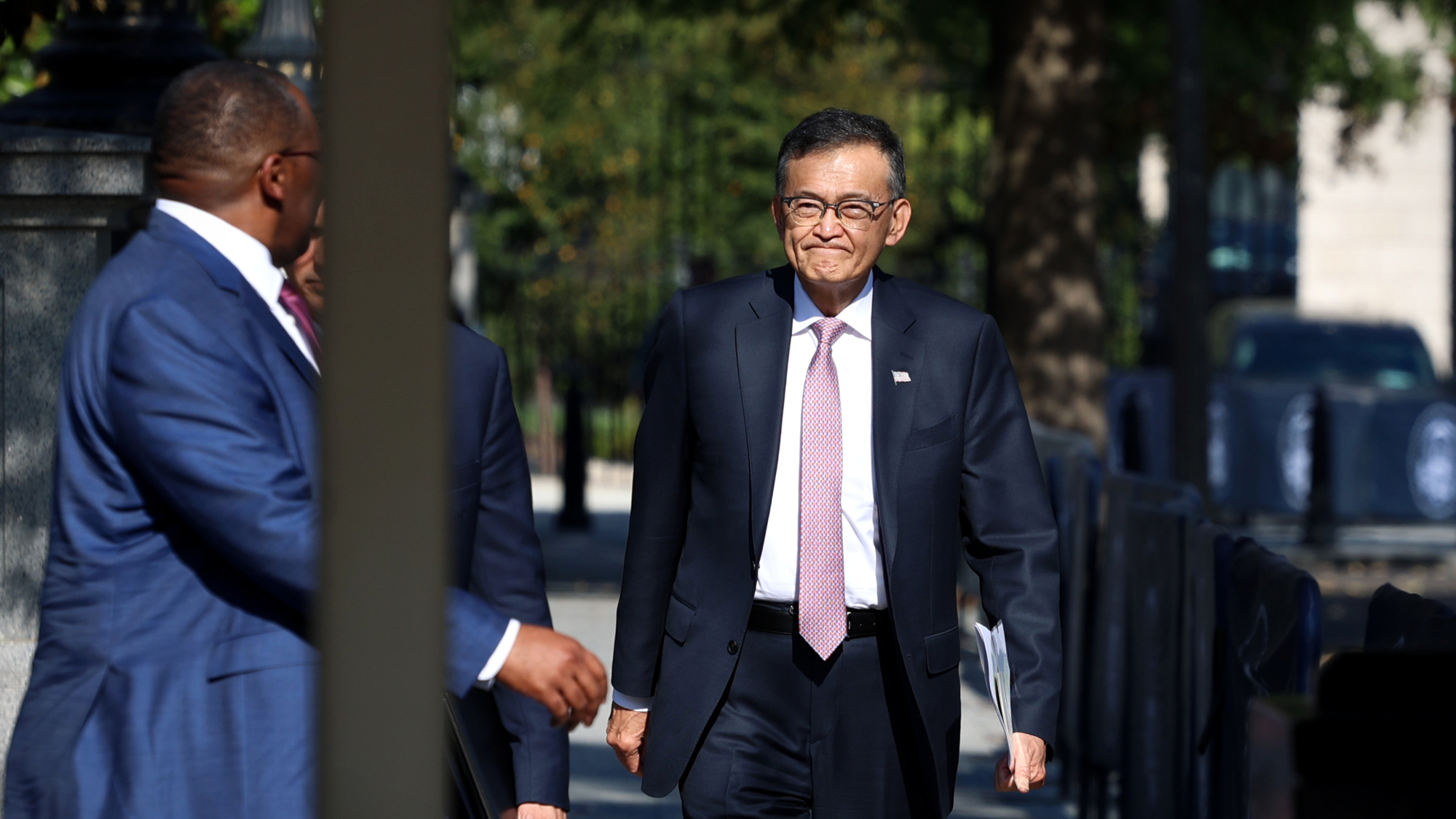Trump's farmer bailout is already more than twice as expensive as Obama's automaker bailout


Many Republicans were highly critical of former President Barack Obama's decision to bail out U.S. automakers after taking office at the peak of the Great Recession. Mitt Romney, now a U.S. senator, even wrote an op-ed urging Obama to let Detroit go bankrupt. President Trump has his own bailout, sending extra federal subsidies to farmers hurt by his trade war with China. The $28 billion and counting isn't fully offsetting the loss of Chinese purchases and markets for U.S. soybeans, pork, and other agricultural products, but it is still relatively generous, as Bloomberg Businessweek notes:
China hawks in Trump's administration want Beijing to quit subsidizing strategic industries, yet that hasn't deterred the White House from doling out billions in aid to American farmers, who have become more dependent on government money than they've been in years. At $28 billion so far, the farm rescue is more than twice as expensive as the 2009 bailout of Detroit's Big Three automakers, which cost taxpayers $12 billion. And farmers expect the money to keep flowing. [Bloomberg Businessweek]
Agriculture was actually one of the few sectors of the American economy that consistently ran a surplus with China, and Trump's tariffs are mostly supposed to be for the long-term benefit of the tech and manufacturing sectors. Farmers say they're upset about the handouts, but so far "there's been no break in Trump's support in rural areas, where his poll numbers are consistently about 12 percentage points higher than they are nationally," Bloomberg notes. And Trump is pretty open about wanting to keep it that way.
"I sometimes see where these horrible dishonest reporters will say that 'Oh jeez, the farmers are upset.' Well, they can't be too upset, because I gave them $12 billion and I gave them $16 billion this year," Trump said in a phone-in to Illinois farmers in late August, adding, "I hope you like me even better than you did in '16."
The Week
Escape your echo chamber. Get the facts behind the news, plus analysis from multiple perspectives.

Sign up for The Week's Free Newsletters
From our morning news briefing to a weekly Good News Newsletter, get the best of The Week delivered directly to your inbox.
From our morning news briefing to a weekly Good News Newsletter, get the best of The Week delivered directly to your inbox.
A free daily email with the biggest news stories of the day – and the best features from TheWeek.com
Peter has worked as a news and culture writer and editor at The Week since the site's launch in 2008. He covers politics, world affairs, religion and cultural currents. His journalism career began as a copy editor at a financial newswire and has included editorial positions at The New York Times Magazine, Facts on File, and Oregon State University.
-
 How the Bondi massacre unfolded
How the Bondi massacre unfoldedIn Depth Deadly terrorist attack during Hanukkah celebration in Sydney prompts review of Australia’s gun control laws and reckoning over global rise in antisemitism
-
 Received a gift card this holiday season? Here’s how to maximize it.
Received a gift card this holiday season? Here’s how to maximize it.The Explainer Make the most of your present
-
 ‘Lumpy skin’ protests intensify across France as farmers fight cull
‘Lumpy skin’ protests intensify across France as farmers fight cullIN THE SPOTLIGHT A bovine outbreak coupled with ongoing governmental frustrations is causing major problems for French civil society
-
 TikTok secures deal to remain in US
TikTok secures deal to remain in USSpeed Read ByteDance will form a US version of the popular video-sharing platform
-
 Unemployment rate ticks up amid fall job losses
Unemployment rate ticks up amid fall job lossesSpeed Read Data released by the Commerce Department indicates ‘one of the weakest American labor markets in years’
-
 US mints final penny after 232-year run
US mints final penny after 232-year runSpeed Read Production of the one-cent coin has ended
-
 Warner Bros. explores sale amid Paramount bids
Warner Bros. explores sale amid Paramount bidsSpeed Read The media giant, home to HBO and DC Studios, has received interest from multiple buying parties
-
 Gold tops $4K per ounce, signaling financial unease
Gold tops $4K per ounce, signaling financial uneaseSpeed Read Investors are worried about President Donald Trump’s trade war
-
 Electronic Arts to go private in record $55B deal
Electronic Arts to go private in record $55B dealspeed read The video game giant is behind ‘The Sims’ and ‘Madden NFL’
-
 New York court tosses Trump's $500M fraud fine
New York court tosses Trump's $500M fraud fineSpeed Read A divided appeals court threw out a hefty penalty against President Trump for fraudulently inflating his wealth
-
 Trump said to seek government stake in Intel
Trump said to seek government stake in IntelSpeed Read The president and Intel CEO Lip-Bu Tan reportedly discussed the proposal at a recent meeting
